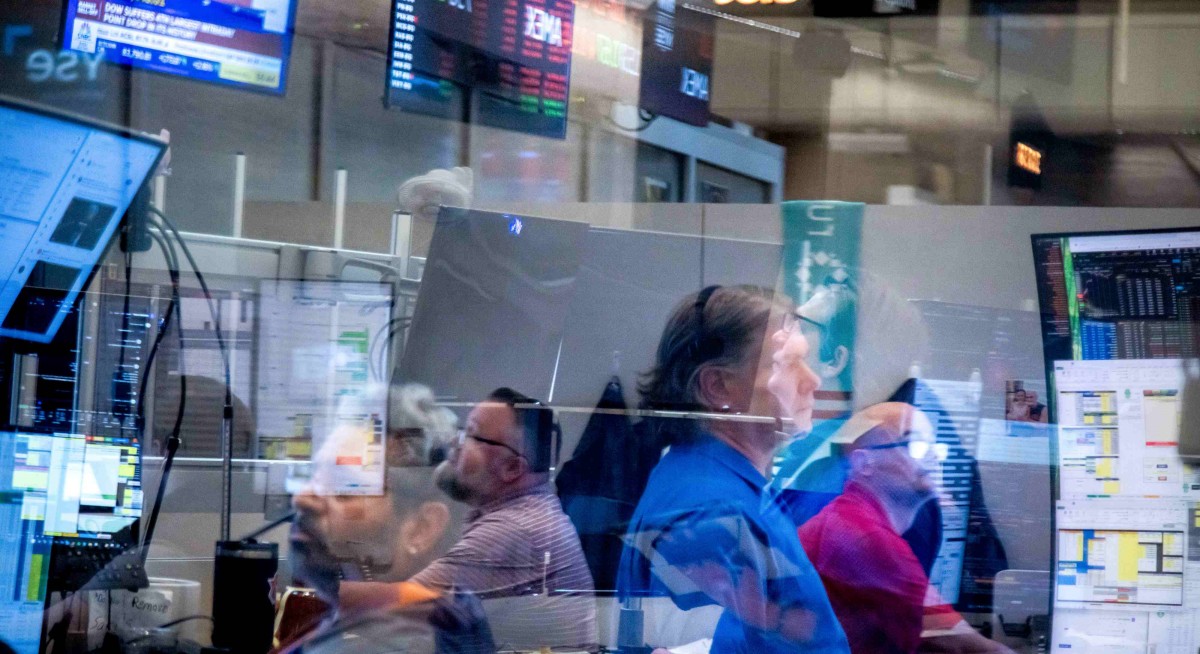Bear market
This is traditionally defined as a 20% drop in a stock index and signals a crisis of confidence among investors. Some experts have argued for more useful definitions that capture longer-term trends. Ritholtz Wealth Management Chairman Barry Ritholtz has floated the idea of a “secular bear market,” marked by a period of “increased volatility, frequent cyclical rallies and retreats in an economically challenging environment.” There are various theories as to why bears became associated with investor pessimism. One relates to the animal’s fighting style. Another traces the term back to the sale of bear fur in the 18th century.
Black swan
A rare, surprising and unpredictable event that has an outsized or catastrophic impact on the world, such as a pandemic. The term was coined by mathematician and former options trader Nassim Nicholas Taleb in his 2007 book The Black Swan. The opposite is a “white swan,” a risk that’s somewhat more probable. Some even talk of “gray swans” — events that are predicable yet still unlikely.
Buying the dip
Buying assets after a big fall in their price. Many investors do this, betting that the price will go higher in the long-term. There can be complications to this strategy. Roundhill Investments CEO Dave Mazza told Bloomberg in March that heightened tariff uncertainty meant buying the dip was like buying discounted tickets to a show without knowing who’s performing, as “investors could end up with either a blockbuster or a flop.”
Circuit breakers
This is when trading on an exchange or in a specific security is halted temporarily to curb panic selling or buying. It is triggered automatically when the stock or market index hits a certain level.
See also: Asian stocks set to ebb as global equity rally stalls
Contagion
The term generally refers to the risk that a crisis of confidence will spread, threatening broader markets or the global economy. It could also relate more specifically to an asset class that is getting hit regardless of its actual prospects.
Correction
Unlike a bear market, a market correction is typically defined as a short-term decline of more than 10% in the value of an index or a security from its most recent high.
Crash
A rapid, double-digit percentage drop in stock prices that hammers asset values and may trigger a prolonged bear market or signal that economic trouble lies ahead. A crash is typically caused when investors panic, such as during Black Monday in 1987 or the 2008 financial crisis. The risk of crashes is one reason why stock exchanges impose circuit breakers or trading halts to avoid a spiral.
See also: Global stocks hold steady after four-day rally
Safe haven assets
These assets are viewed as immune to stock market volatility. Traders tend to flock to them when market sentiment turns sour. Gold, for example, is traditionally seen as a safe haven asset, as are certain government bonds.
Margin call
Buying shares using borrowed money — normally from a brokerage firm — is called margin trading. The investor must provide the broker with collateral, usually in the form of other stocks, to offset the risk if the value of the shares fall below a certain level, which is normally a percentage of the loan. If the value of that collateral falls to that level, the broker will make a margin call: They call for the investor to either provide more collateral or repay the loan.
Short selling
Short sellers borrow shares from brokerages and sell them on the open market. They then wait for the price to decline, buy the same number of shares at a lower price and hand them back to the broker. The short seller earns a profit by pocketing the price difference, net of any transaction costs.
The strategy works as long as the share price falls. If it rises, the short seller loses money because they have to buy shares at a higher price to replace those that they borrowed.
VIX Volatility Index
The VIX, or Volatility Index — also known as the “Fear Index” — estimates the expected volatility of the US stock market over a 30-day period. The index uses real time price data from the S&P 500 Index, and was launched by the Chicago Board Options Exchange (CBOE) in 1993.




